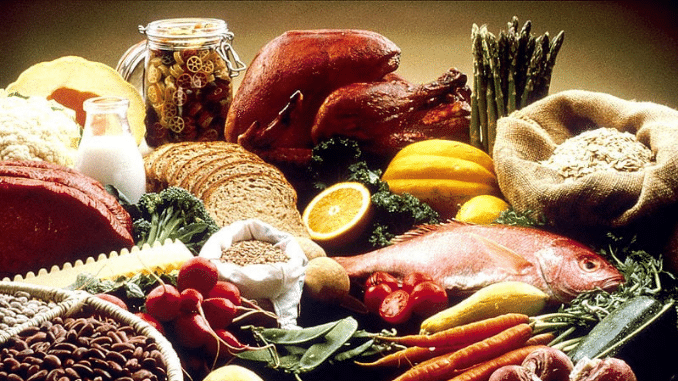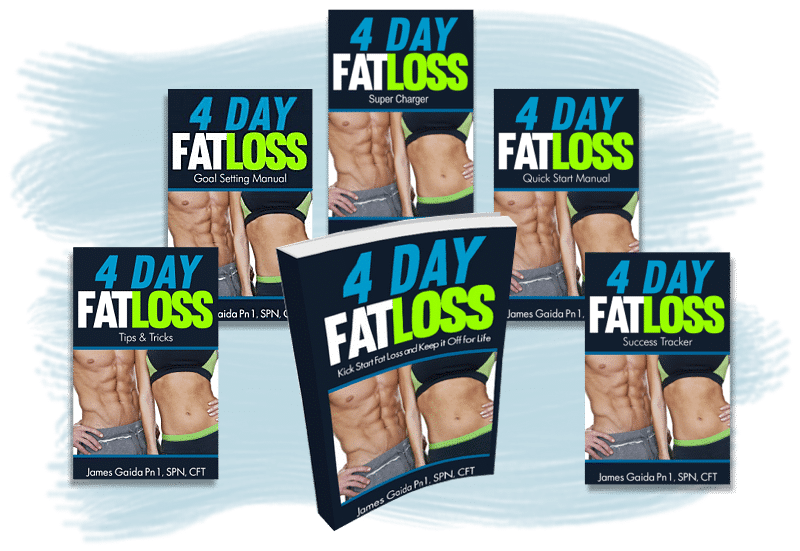
Being injured sucks! No matter how significant, anything that slows down your workouts is frustrating.
Being sidelined from activity starts to change your body. The reduction in activity can very quickly lead to body fat accumulation. Amino acids start being used up for tissue regeneration causing muscle loss and slowing down your metabolism.
Not exactly words of inspiration.
If you are currently slowed down by injury reflect on these words from Monty Python’s Life of Brian:
Some things in life are bad
They can really make you mad
Other things just make you swear and curse
When you’re chewing on life’s gristle
Don’t grumble, give a whistle
And this’ll help things turn out for the best…
And…
…always look on the bright side
of life…
(Whistle)
Always look on the light side
of life..
(Whistle)
So what is the bright side of injury?
Well as a nutrition coach I will tell you that being injured is a great opportunity to focus on your nutrition. By honing in on your nutrition while your injured, you will not only recover faster but you will look, feel and perform a lot better when you return to your regular activities.
Injury doesn’t have to mean fat gain and muscle loss. In fact you can still make some positive changes while your injured, despite the lower activity level.
First things first, focus on your recovery!
Recovery Nutrition
Immediately after an injury your nutritional priority should be on healing. And when healing is your priority there are few important nutritional considerations to keep in mind.
- Many sports injuries can elevate your resting metabolic rate by 15%-20% despite the lack of activity. This is due to your bodies requirement for nutrients in order to repair the injured area. Underfeeding at this point would be a mistake, as you want to be able to build up that new tissue and get back on your feet as soon as possible. You may find you need more calories than a normal resting day to optimize recovery.
- High protein intake is a necessity for injury repair. Your body is in the process of generating new cells and building up scar tissue (Collagen). This requires amino acids. In fact, clinical recommendations call for doubling and in some cases close to tripling the standard recommendations of protein intake. When repairing injuries you should be getting a daily minimum of 1 gram or protein for every pound of body weight.
- You need to increase your Omega 3 fat intake and control Omega 6 intake. Inflammation is necessary for the first few days after injury to clear out damaged cells. After this is done you want to be controlling inflammation. A diet high in Omega 6 fats (vegetable oils, processed foods, saturated fat) will increase inflammation and reduce collagen production. This will slow down healing. Optimal nutrition for healing calls for an equal intake of Omega 3 and Omega 6. This is best accomplished by ensuring your diet is high in anti-inflammatory Omega 3 fats such as fish oil. Animal protein from grass fed and free range animals will also provide a good dose of Omega 3 fats.
- Carbohydrates need to be controlled during healing. Although glucose is required for healing, excess glucose will just lead to more inflammation. Additionally your body is well equipped to produce glucose even when dietary carbohydrates are not available. High sugar carbohydrates are especially detrimental for healing. Most carbohydrates should come from fresh vegetables, fresh fruit and some low glycemic, gluten free options such as sweet potato’s, yams, beans and quinoa.
Improving Body Composition
The majority of work I do in the nutrition field pertains to improving body composition. Body composition is of course, all about looking great naked! Less body fat, more muscle and an athletic looking physique. After my own personal success with altering body composition and my work with countless others, I pride myself as being an expert in this field. I change people’s bodies.
Now, in the case of recovery from injury, positive changes in body composition are not impossible. First and foremost you want to avoid gaining fat and losing muscle while you are laid up.
With many sports or soft tissue injuries most of the major healing process is complete in the first 3-4 weeks after injury. It is at this time that you could begin to look at adjusting your dietary approach to effect body composition. Just keep in mind that severity of injury obviously changes this time-line and some more severe injuries require more healing time.
That being said, you can have great success burning body fat, even with low activity levels. You just need to get into a caloric deficit and force your body to use up stored body fat for energy. The best way to do this is with a diet that is high in protein and carb-controlled.
The high protein will prevent muscle loss. Preventing muscle loss will keep your resting metabolic rate elevated allowing you to keep burning away calories. The calorie deficit will then lead to a requirement for body fat to be oxidized for energy. And finally, controlling carbs will keep glucose levels from getting out of hand (which would otherwise lead to fat gain). You are now in fat burning mode, despite your reduced activity.
With these 3 components of a fat burning diet in place, you can be getting leaner while your body heals.
Always Look on the Bright Side
An injury doesn’t have to mean an end of your goals. Instead, it can be used as a time to really improve your nutritional habits making you better than ever.
Focus first on recovery and once healing is well underway you can begin making adjustments to improve your body composition. When you get back on your feet you will be in position to not only return to glory but surpass any previous expectations.
Treat recovery nutrition like an athlete and you will end up looking like an athlete.
James Gaida bio:

My baby, 4 Day Fat Loss (4DFL) is dedicated to teaching simple techniques to rapidly burn fat, increase energy and live a healthier life. If you want to find out how to burn fat quickly and transform your body check out the 4DFL Method.





